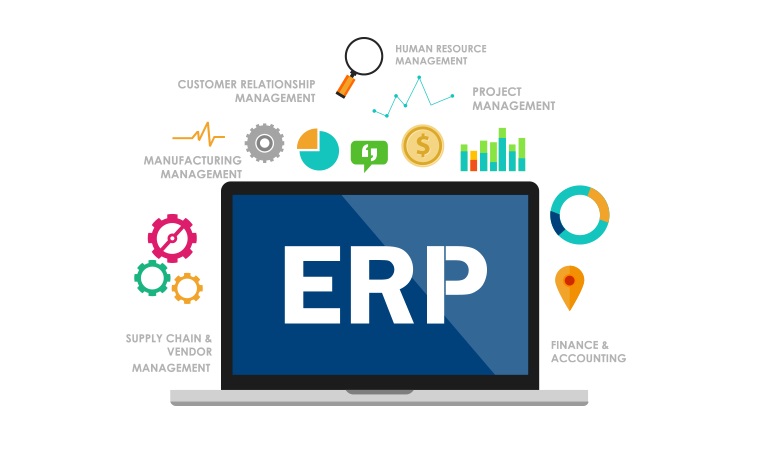-
Noticias Feed
- ECOSYSTEM
- EXPLORE
-
Páginas
-
Grupos
-
Eventos
-
Blogs
Deconstructing the Asia Pacific ERP Software Revenue Models

The financial engine of the Asia Pacific's booming ERP market is powered by a diverse and evolving set of monetization strategies. The impressive growth in Asia Pacific ERP Software revenue, a key component of a market projected to hit USD 66.87 billion by 2034, is directly linked to the shift in how software is sold and consumed. This expansion, driven by a 15.20% CAGR, reflects a transition from traditional, one-time sales to more sustainable, relationship-based revenue models. Understanding these different streams—from perpetual licenses and maintenance contracts to recurring cloud subscriptions and value-added services—is essential to grasping the economic architecture that supports one of the region's most critical technology sectors and its continued profitability.
The traditional revenue model, which dominated the industry for decades, is based on the sale of perpetual software licenses. Under this structure, a customer pays a large, one-time fee upfront to own the right to use the software indefinitely. This initial sale is then supplemented by a significant, ongoing revenue stream from annual maintenance and support contracts. These contracts, typically costing around 20% of the initial license fee per year, provide the customer with access to technical support and periodic software updates. While this model generates large initial revenue spikes for vendors, it presents a high barrier to entry for customers and can lead to unpredictable revenue streams for the software provider, which is why the industry has been moving steadily away from it.
The dominant and fastest-growing revenue model today is the cloud-based subscription, or Software-as-a-Service (SaaS). In this model, customers do not purchase the software but instead pay a recurring fee (monthly or annually) to access it over the internet. This fee typically includes the software usage, hosting, maintenance, support, and automatic updates. For customers, this dramatically lowers the upfront cost, converting a large capital expenditure (CapEx) into a predictable operational expenditure (OpEx). For vendors, it creates a stable, recurring revenue stream, improves customer retention, and allows them to continuously deliver value through regular feature updates. This model has been instrumental in democratizing ERP technology and is the primary engine behind the market's explosive growth, especially within the SME segment.
Beyond software access, a substantial portion of industry revenue is generated through a wide array of professional services. ERP implementation is a complex undertaking, and vendors and their partner ecosystems generate significant income from consulting, customization, and systems integration services. These project-based revenues are critical, especially during the initial deployment phase. Additionally, vendors are increasingly creating value-added revenue streams by offering premium services. This can include advanced training and certification programs, specialized business intelligence and analytics modules, or premium support packages that guarantee faster response times. By upselling and cross-selling these services, vendors can significantly increase the lifetime value of each customer, adding another robust layer to the industry's overall revenue structure.
Explore Our Latest Trending Reports:
- Art
- Causes
- Crafts
- Dance
- Drinks
- Film
- Fitness
- Food
- Juegos
- Gardening
- Health
- Home
- Literature
- Music
- Networking
- Other
- Party
- Religion
- Shopping
- Sports
- Theater
- Wellness


